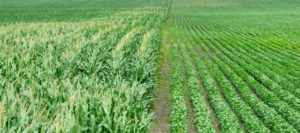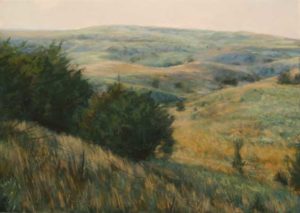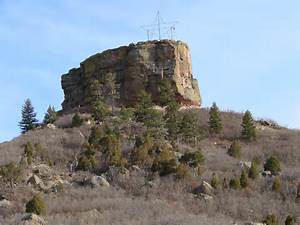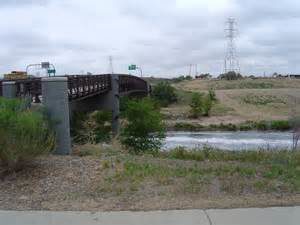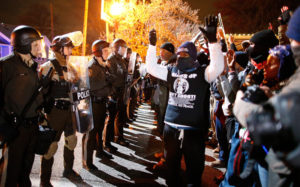Minneapolis Road Trip
I am back from a road trip to Minneapolis on family business. I will tell the family story later, this is about the road. People say I am a bit weird. I like road trips and enjoy not listening to anything but the sound of Diesel engines as I pass the trucks. I watch, listen, and as much as possible these days, think.
This time I was in a hurry to get there, so it was I-76, I-80, and I-35 to Minneapolis. I have done I-80 for you, and I-35 is more of the same-corn and soybeans. Some of the time it is soybeans and corn. The highway through Dezz Monezz is a bit dodgy, lots of turns and traffic.
The return trip a week later was more fun. I have known various people from Mankato over the years, but had never been there. I have always liked the name. The Native Americans were screwed in southern Minnesota more than many other places, being hauled off to Fort Snelling and imprisoned. We need to keep the memory of what happened to those people, here in the land of the free.
The drive from Minneapolis (I like writing that word, much better than MPLS.) to Mankato follows the Minnesota River for much of the way. The country is hilly and wooded, with farms on every available flat spot. Beautiful. Those of us from the West are a bit snobby about the Midwest, but there is beauty most everywhere you look. Except for the monotonous corn and soybeans. That country must be spectacular in the fall.
Close to Minneapolis, the Minnesota River is navigable. I like seeing ports in the middle of https://en.wikipedia.org/wiki/Valentine,_Nebraskathe country. West of Mankato, one finds corn and soybeans. My next goal was the Nebraska Sand Hill country and the Niobrara River. I followed the River from Niobrara to Valentine. It is farm country, but that River is always right over there.
The River is a national treasure. Designated a Wild and Scenic River, it winds through hilly country and is bordered by woodlands. There aren’t many people in that area, another benefit. One can get a sense of what it must have been like before the European Invasion. I am sure it was better then than it is now.
Valentine has 2700 people, but is the commercial center for a wide area. It goes on my list of nice small towns. There are several River outfitters based around there for people doing canoe trips on the Niobrara. I still want to do that in the next few years before I am too decrepit for that sort of thing.
The Sand Hills. So beautiful I almost ran off the road while taking it all in. It is truly hilly there. The northern Sand Hills get quite a bit of moisture and there is water. Like western South Dakota there is a sense of space. You are in the West, not the corn and soybean Midwest. Do I seem a bit biased?
Cow country. U.S. Highway 83 from Valentine to North Platte is 115 miles of ranch country. Thedford is 58 miles south of Valentine with no towns. There is a school about halfway. There are ranches all along the way, every mile or half mile or so, and lakes. There is a national wildlife refuge there. Sandhill Cranes and a lot of other wildlife. No antelope. There should be, but there are probably too many fences.
As you drive south it dries out. In late August it is green around Valentine, but fairly brown closer to North Platte. We are talking about a huge area of northwest Nebraska, and as good cattle country as anywhere. We should be eating grass fed beef from there rather than corn fed feedlot beef from along the Platte. There would be less corn across the Midwest.
The wind blows out there. I saw five or six huge wind farms making power in Nebraska. There was one in southwest Minnesota. I saw none in South Dakota or Colorado. The sun doesn’t always shine out there, but the wind almost always blows, even at night. All that wind from Wyoming has to go somewhere. I saw a number of trucks hauling those long wind vanes, so the wind power business is growing. Wind makes more sense than solar in more northern parts of the country. Home rooftop solar is good, you can’t have too many wind turbines in town. More wind power, less coal trains rattling through Alliance.
Back in Colorado, along the South Platte, there is lots of history. Gold rush wagon trains, Indian wars, farming and cattle. One of the small towns is Iliff, named for an early rancher who got rich raising beef for the miners. He was another of those Methodists who had a big role in early Colorado. Evans, Chivington. Iliff founded the Methodist seminary at Denver University.
I have to get out to Julesburg and poke around the history there then go up to Scotts Bluff on the North Platte, with a stop at Fort Laramie on the way home. Another road trip.
